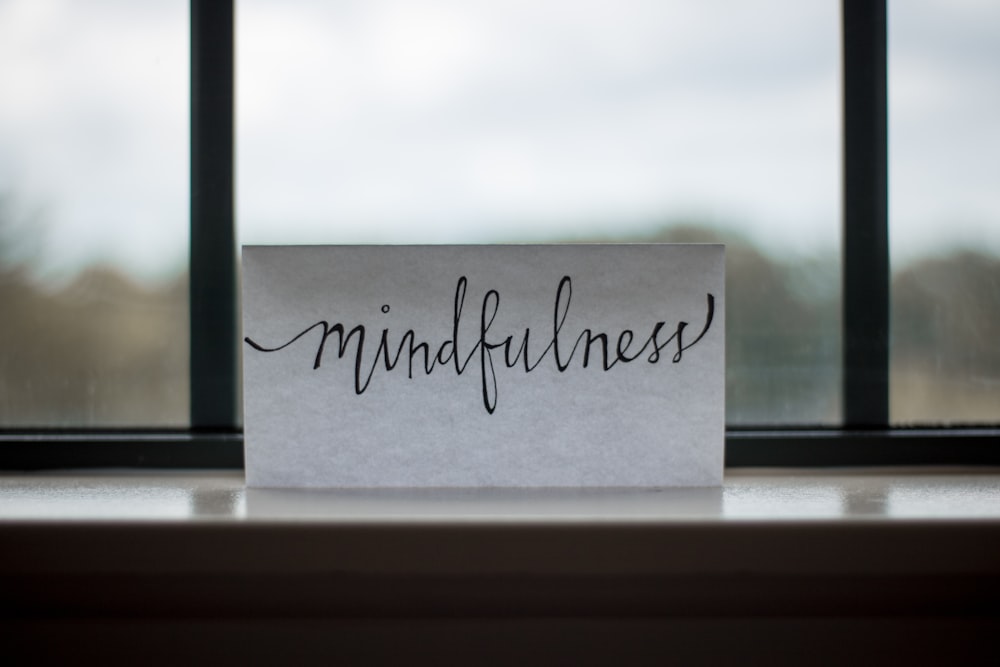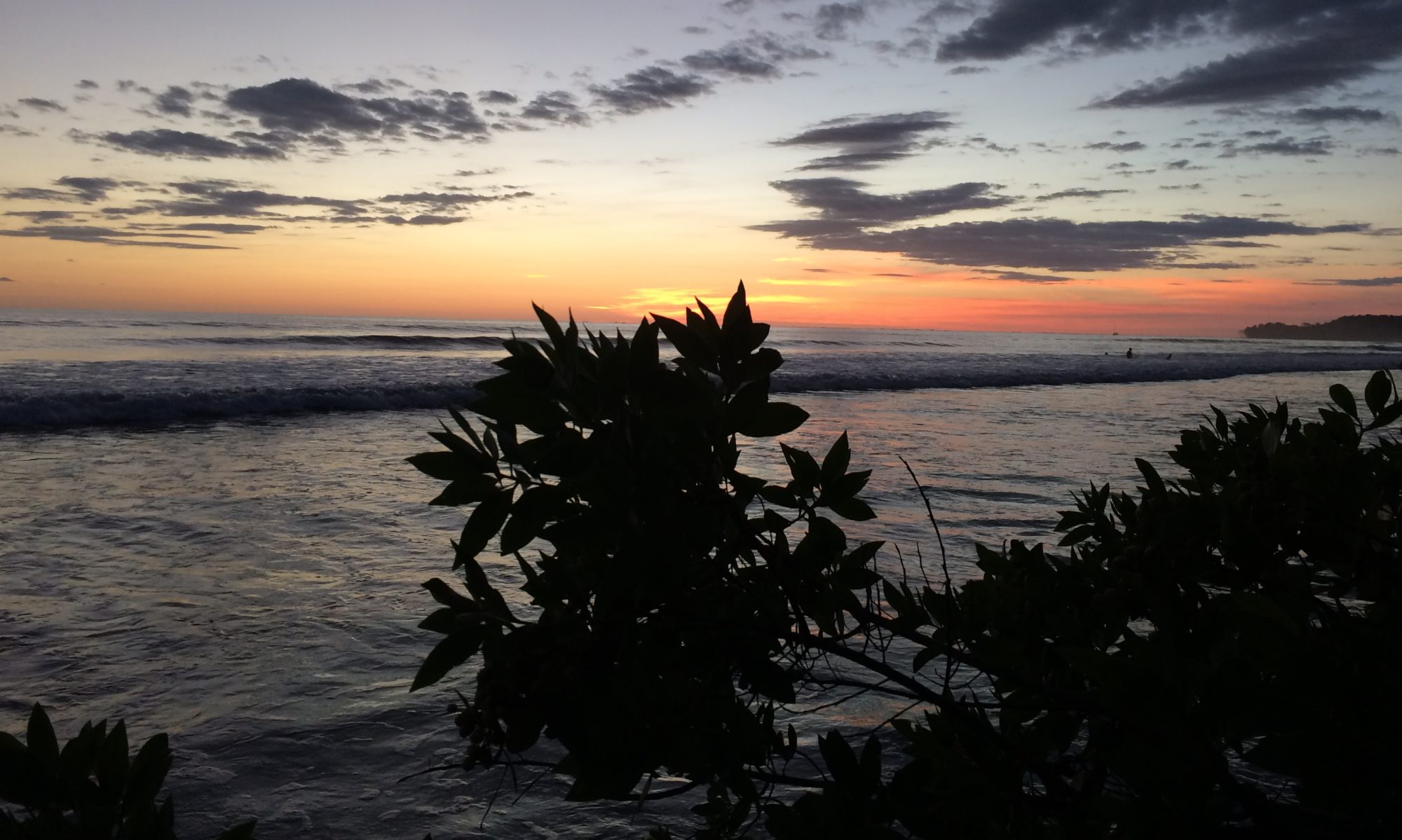
Covid-19, climate craziness, politics, inequity, racism, every ‘ism’, to much news and to few facts. While it’s important to me to stay informed, to try to ‘fact check’, to try and listen without bias, I find it incredible that both sides are in such opposition. Often, I wonder if they are even talking about the same issues. When these feelings bubble up as anger, stress and even physical ailments, I know its time to put down my phone, limit my social media, turn off the radio or TV news and take to the woods or my mat. A walk in the woods, along a source of water or a slow mindful yoga practice helps bring me back to now.
It calms my soul, centers me, allows me to breath and  reflect and to come back into balance. Just letting my eyes soften as I walk down a trail, gaze at a forest pond, lake, stream or beach eases my soul. I take in the colors, shades, scents and sounds around me allowing me to find my Ahhh and my Ahhh ha. It reminds me, I am resilient, I am able, I do cope and I do have things to offer in my community and in keeping my own countenance. So Hum-I am.
reflect and to come back into balance. Just letting my eyes soften as I walk down a trail, gaze at a forest pond, lake, stream or beach eases my soul. I take in the colors, shades, scents and sounds around me allowing me to find my Ahhh and my Ahhh ha. It reminds me, I am resilient, I am able, I do cope and I do have things to offer in my community and in keeping my own countenance. So Hum-I am.
Foraging for my medicine plants, cleaning and preparing tinctures, oils, hydrosols, flower essences, teas, tending wild garden as well as my food garden also keeps me rooted and present in these changing times. These are my happy places; be it forest, field, wetland or my kitchen preparing what I know will ease symptoms and soften emotions. Often I find my self near forest ponds or streams and taking a moment to just gaze, listen, think and then write spontaneously.
I also find birding brings me into the moment. I laugh as they dart away but as I sit, wait, watch, breathe, I finally catch a glimpse of something that truly is resilient, so beautiful. Getting to know each song, check and call note is like chatting with neighbors on daily strolls or getting excited to have a seasonal visitor come a stay for a while. A simple solution for mindfulness and resiliency is to find your happiness… What? That’s right, what is it. Define it, write it, post it all around and then sit with it,
 In contemplating wellness, I guess Nature, yoga, walking and paddling are my go to meditation. I find myself relieved and focused once I roll out the mat or push off from the kitchen counter for an impromptu balance and stretch session. Why not try it, when you are waiting for coffee to brew. or water to boil. Just being present and in tune with my body, noticing how it moves, how it aches, how it stretches and releases and yes, how it seems to stay ‘stuck’ in those old familiar places can be a lesson in being present without judgement.
In contemplating wellness, I guess Nature, yoga, walking and paddling are my go to meditation. I find myself relieved and focused once I roll out the mat or push off from the kitchen counter for an impromptu balance and stretch session. Why not try it, when you are waiting for coffee to brew. or water to boil. Just being present and in tune with my body, noticing how it moves, how it aches, how it stretches and releases and yes, how it seems to stay ‘stuck’ in those old familiar places can be a lesson in being present without judgement.
Those who know me know travel and new horizons are a passion and along with that come all the waits, planning, responsibility and worry, so its a perfect place to practice, stepping back, holding my tongue, taking a few slow cleansing breaths. I guess that’s why Holistic Journeys, though packed with adventure, vistas, culture, food, always makes sure there is time to reflect, to do what you want to do, to just pause and be present. What a gift when you are traveling. I know that’s what makes these international eco-wellness adventures so successful. We have time to just BE!
There are so many resources on Mindfulness, here is an article I wrote for one of my journey in Slow Integrated Mindful Yoga. Benefits of MindfulYoga There are so many resources for mindfulness, I encourage you to research them slowly and pick one to try. Here are 7 helpful strategies and exercises that I like, perhaps one or two will resonate with you.
7 mindfulness strategies that can be effective in managing negative thoughts and emotions: (http://www.fulfillmentdaily.com/7-mindfulness-strategies/)
1. Turn towards, and not away from your negative thoughts or emotions with acceptance. Once you are aware of the negative thought or emotion, notice where you felt it in your body, and what emotion arises with the physical feeling. Just sit with the emotion (eg: anxiety, fear, anger, guilt) and don’t ignore it or try to block it or push it away. Become the observer of your experience.
2. Identify and label the thought or emotion you are feeling. This involves two parts. The first is correctly labeling it, and the second is how you express it. Using language of that of an observer, is more powerful than personalizing it. For example, saying, “Oh, this is fear arising in me right now,” is preferable to “ I am afraid.”
3. See your thought or emotion as being temporary or transitory. They will pass unless you want to hold onto them and get some kind of reward for doing so. Seeing the thought or emotion as a cloud floating by or asking yourself repeatedly, “What is this thought/emotion now?” helps.
4. Let go of the need to control your thoughts or emotions. Emotional regulation is not the same as stifling, blocking or avoiding thoughts and emotions in an effort to maintain control. Again, having a healthy detachment is being mindful.
5. Learn how to recognize cognitive distortions; in other words, recognizing the thought processes that distort reality. Examples of cognitive distortions are confirmation bias, catastrophizing, personalization, control fallacy, blaming, and the dreaded “tyranny of shoulds.” Being knowledgeable about these distortions and if you are in the moment being a victim of them, is practicing mindfulness. Of course, taking appropriate action thereafter, is critical.
6. Have a daily or weekly regime for negative thought or emotion time. This is giving yourself permission to temporarily think or feel the negative thought or emotion, but stick to a reasonable short time limit. And writing them down also helps.
7. Remember to breathe, pause and deliberately respond rather than react. When negative thoughts or emotions occur, we can either excessively ruminate over them, or react impulsively. Mindfulness teaches us to focus on our breathing, pause and wait until we’ve practiced the strategies, and then intentionally respond with appropriate action.
Perhaps you need movement or a focused activity like breath or slow actions to help you let go and just be. Let these following ideas from Yoga International help you on your way to being mindful. There are many, many free worksheets and activities for you, your groups and kids in how to be mindful and increase stress resiliency. (https://www.therapistaid.com/therapy-worksheet/mindfulness-exercises).
- Yawn and stretch for 10 seconds every hour. Do a fake yawn if you have to. …
- Three hugs, three big breaths exercise. …
- Stroke your hands. …
- Mindfully eat a raisin. …
- Clench your fist and breathe into your fingers. …
- STOP. …
- Mindful breathing for one minute. …
- Loving-kindness meditation.
If you have a few extra minutes check out this trailer and then the full movie on mindfulness, there is so much at your fingertips, the goal is just to start, mindfully.
So enjoy, Be and Be Well, stay tuned for next weeks blog, hummm what might it be; breath and yoga, the magic of medicinal mushrooms, Chakras and balance or the sacred sounds of Chakras and organ systems, who knows it all might change.
Namaste, Be and Be Well, Rebecca

